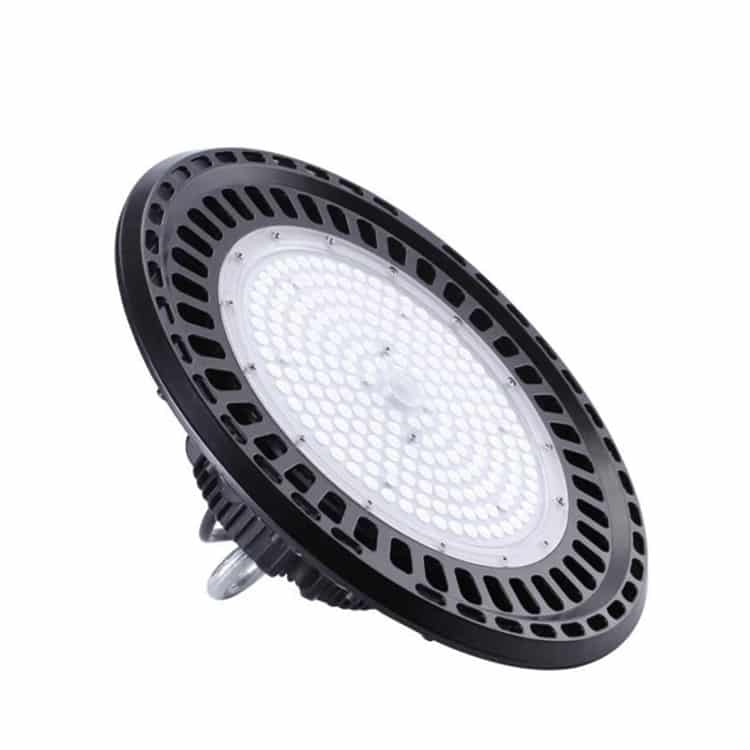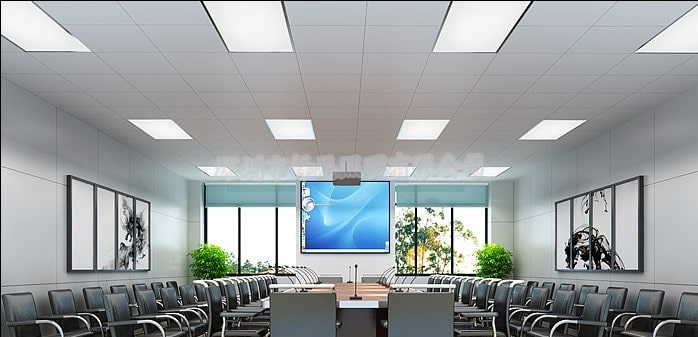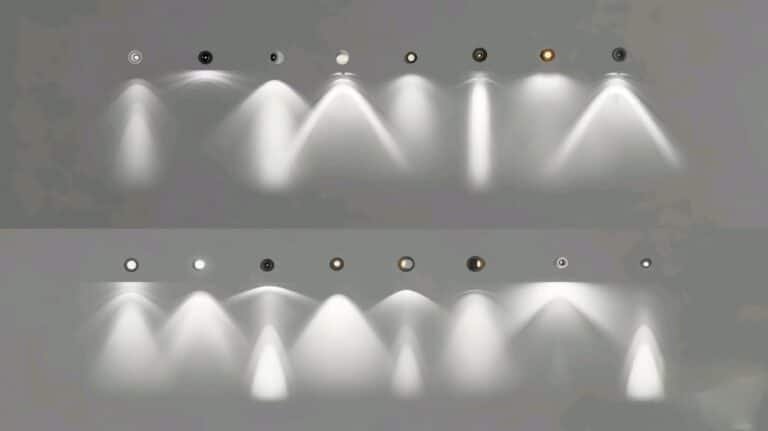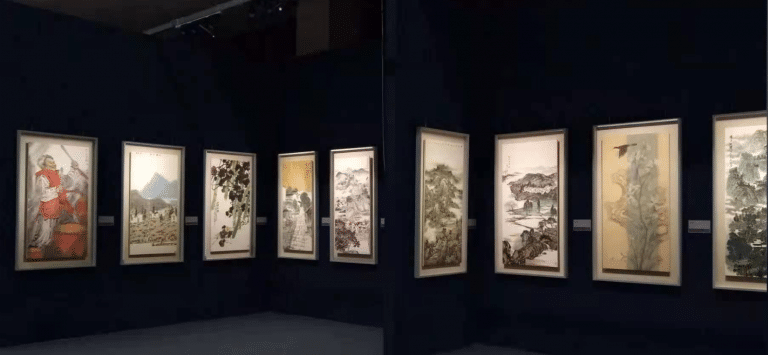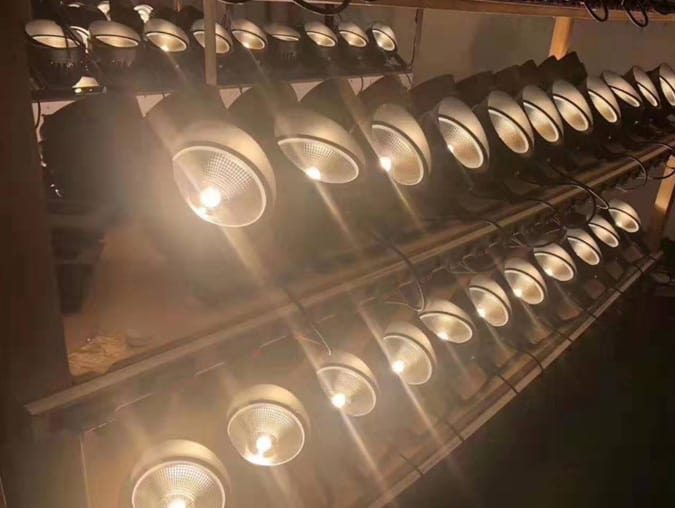For a modern sports stadium, it is required to have an attractive and elegant exterior design, with a wide range of sports facilities that are comprehensive and well-equipped. Additionally, it should have a good lighting environment, which includes appropriate and uniform illuminance and brightness, ideal light color, a sense of depth, and no glare. Apart from ensuring a satisfying visual experience for the audience, it is also necessary to meet the lighting requirements of referees, athletes, and the specific sport being played, while ensuring optimal conditions for television broadcasting.
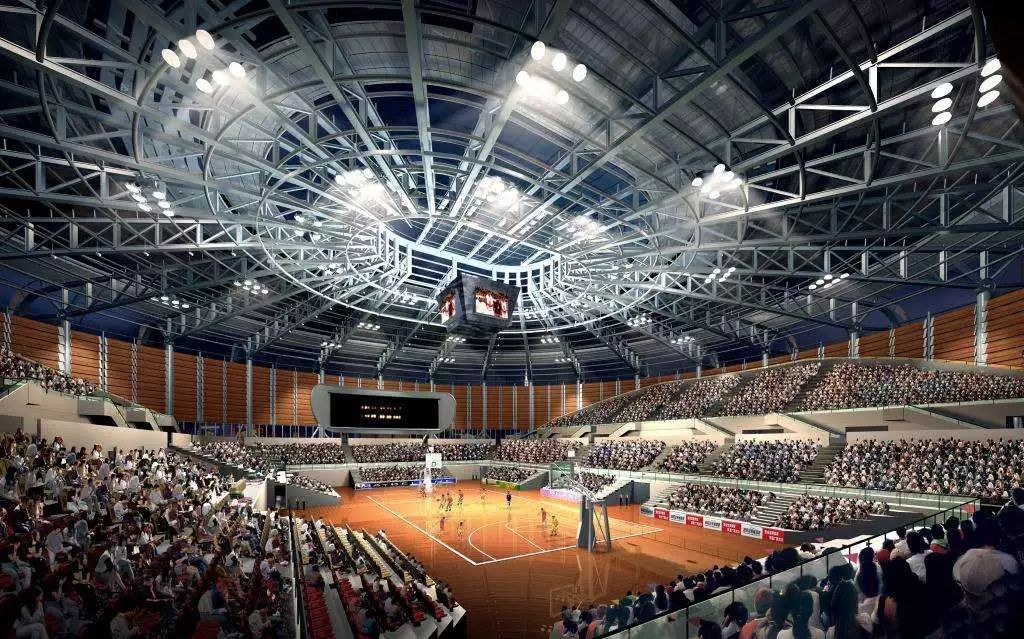
Importance of led sports field lighting design
Sports arenas are places where people engage in leisure and entertainment activities and host various performing arts events. As representative buildings of a city, they are an essential part of urban life, representing the city’s culture and acting as its calling card. The lighting design of a sports field showcases the overall appearance and artistic style of the city’s architecture at night.
High-end lighting ensures that the light effectively reaches the eyes of athletes, referees, and spectators, allowing them to see everything on the sports field clearly. This includes the brightness and darkness of the field environment, the colors of objects, buildings, equipment, and clothing surfaces, the shapes and sizes of the viewing targets, the depth, the sense of three-dimensionality, and the athletes’ movements and the atmosphere of the stadium. Therefore, good lighting plays a significant role in modern sports stadiums.
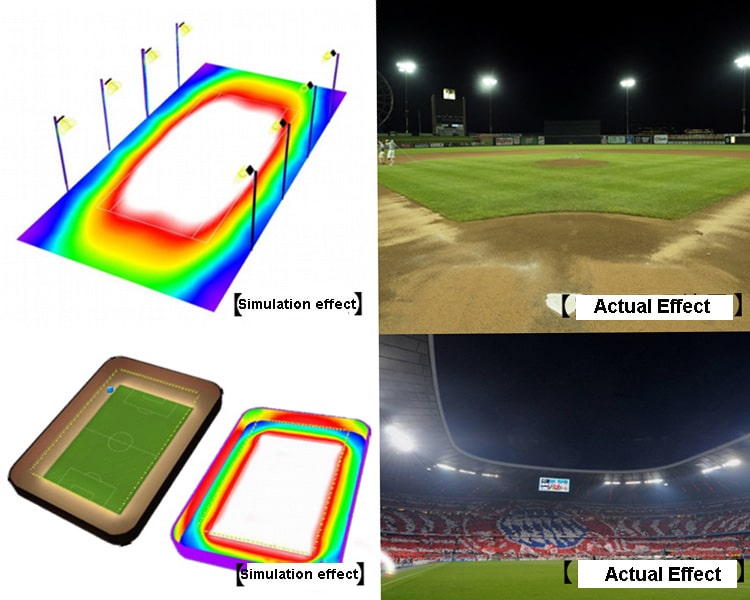
What is LED stadium lighting and how are they different from traditional lights
LED Stadium Lights are divided into indoor and outdoor lighting. They are powerful with high lumen, specifically designed for illuminating large sports stadiums and arenas. Outdoor LED floodlights for stadiums are usually equipped with narrow beam optics to light up a very specific location on the playing surface. While for indoor lighting, medium and wide beam optics are used a lot to illuminate all the places.
There is no doubt that LED stadium lights use LEDs as light sources, which offer numerous advantages over traditional lighting technologies such as high-pressure sodium lights or metal halide lights. LED floodlights are the best lighting for sporting events.

Benefits of LED stadium lights
save at least 50%-75% on your lighting bill
| Metal Halide | LED lights |
| 400W | 150W equivalent ( 20000Lumen) |
| 1000W | 300W equivalent ( 40000Lumen) |
| 1500W | 500W equivalent ( 65000Lumen) |
| 2000W | 600W equivalent ( 90000Lumen) |
| 2*1500W | 1200W equivalent (160000Lumen) |
Where are stadium LED lights used?
- Basketball fields
- Softball fields
- Golf Course
- Football fields
- Tennis Court
- Soccer fields
- Horse Arena
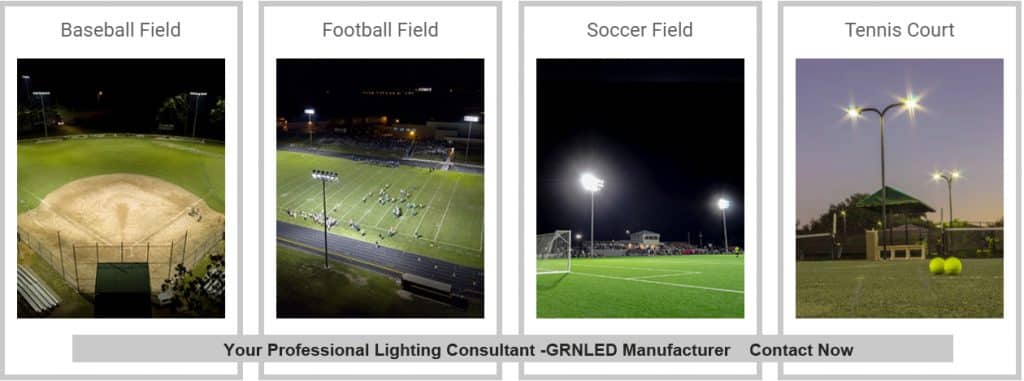
Stadium Lighting Design Guide-4 factors you should consider
- Lighting Standards

| Place | Reference plan/height | Lumen Lux | URR | Ra |
| Press conference hall | floor | 500 | 22 | 80 |
| Place | Reference plan/height | Lumen Lux | URR | Ra |
| Meeting room | floor | 300 | 22 | 80 |
| Place | Reference plan/height | Lumen Lux | URR | Ra |
| Passage | floor | 150 | 22 | 80 |
| Corridor | floor | 100 | / | 80 |
| Stair | floor | 75 | / | 80 |
| Place | Reference plan/height | Lumen Flux | URR | Ra |
| Auditorium | 0.75m | 200 | 22 | 60 |
| Auditorium TV broadcast | 0.75m | 500-750 | / | 80 |
| Place | Reference plan/height | Lumen Flux | URR | Ra |
| Treatment room | 0.75m | 300 | 19 | 80 |
| Place | Reference plan/height | Lumen Flux | Ra |
| Passage | floor | 90 | 90 |
| Auditorium | floor | 30 | 90 |
| Fields | floor | 20 | 90 |
2. Lighting Quality
In sports lighting, in addition to providing sufficient horizontal and vertical illuminance, it is important to reduce glare, which not only ensures good lighting effects but also allows athletes to perform at their best and enables spectators to fully appreciate the details of the game. Therefore, glare is one of the most significant factors affecting the quality of lighting. According to CIE Publication No. 83, “Lighting of Sports Facilities for Color Television Broadcasting,” for outdoor sports stadiums, GR ≤ 50 GR ≤ 40 (in the direction of fixed cameras), and for indoor sports arenas, GR ≤ 30.
The glare rating (GR) calculation formula:
GR = 27 + 24Lg (Lvl/Lve) 0.9 1 where Lvl represents the luminance generated by the luminaires, and Lve represents the luminance generated by the environment. When calculating illuminance, it is important to calculate the glare rating (GR) for different directions. Achieving a value of GR<50 is generally considered acceptable. In addition to selecting appropriate luminaire types, installation heights, and arrangements, increasing the background illuminance of the playing field can also help in controlling glare.
To achieve better viewing and television broadcasting effects, the lighting quality of a sports stadium is not only about illuminance but also about color temperature and color rendering. Meeting the illuminance requirement ensures clear visibility, but meeting the color temperature and color rendering requirements ensures good visual quality.
According to CIE Publication No. 83 and the requirements of FIFA (International Federation of Association Football), the light source color temperature (Tc) should be greater than 5000K, and the color rendering index (CRI) should be equal to or greater than 80. In other words, in the lighting design of sports venues, the light source color temperature should be higher than 5000K, and the color rendering index should be at least Ra>80.
The characteristics of indoor sports arena lighting design include a relatively high lighting space, typically ranging from 13-20 meters, although some smaller sports halls may have lower heights of 6-12 meters. The selection of lighting fixtures requires high efficiency and good light distribution characteristics.
The lighting arrangement can typically be done in the following three ways:
1. Uniform distribution of fixtures above the playing area. This arrangement is cost-effective and suitable for sports with low ceiling heights. However, it may result in lower vertical illuminance, lack of depth perception, and harsh shadows.
2. Combination of fixtures placed above the playing area and on the sides. This arrangement is generally suitable for multi-purpose sports arenas, allowing for appropriate ratios of horizontal and vertical illuminance.
3. Main distribution of fixtures above the exterior of the playing area, with side lighting as the primary source. This arrangement is suitable for sports with higher ceiling heights, but attention should be paid to ensuring uniform illuminance across the playing area and glare control.
3. Energy Saving and Environmental Protection
The electricity consumption for lighting in sports venues falls under commercial usage, and the daily electricity costs can sometimes reach thousands of dollars. Therefore, energy-saving measures must be considered in the lighting design of sports venues.
Energy-saving in lighting primarily focuses on adopting reasonable lighting schemes and efficient lighting fixtures, reducing line losses, and implementing effective lighting controls. It is not a reasonable design if the lighting design is based solely on initial investment costs without considering the lowest operating costs. The specific circumstances should be taken into account, considering both the initial investment and operating costs.
Choosing high-efficiency light sources and fixtures, using low-energy consumption ballasts and accessories, and incorporating power factor correction capacitors can help improve the overall energy efficiency of the lighting system. The lighting design should include multiple lighting modes and corresponding control strategies. By adjusting the number of luminaires, suitable lighting can be provided for different types of games and activities. The control system should be simple, practical, and flexible.
4. Installation and Maintainess
Choose LED stadium lights that offer ease of installation, ensuring compatibility with your existing lighting infrastructure. Looking for fixtures that come with comprehensive installation guidelines and support from GRNLED. Similarly, consider the accessibility and simplicity of maintenance, such as replaceable components or modular designs that minimize downtime and reduce maintenance costs.
The Future of Stadium Lighting
As technology continues to advance, LED stadium lights are expected to evolve further. Innovations such as wireless control systems, adaptive lighting, and even integrated smart sensors may become commonplace, providing enhanced functionality and efficiency. These developments will further enhance the user experience, optimize energy consumption, and continue to drive the sustainability of stadium lighting.
LED stadium lights have emerged as the game-changers in sports lighting. Their unmatched energy efficiency, exceptional brightness, durability, and adaptability have redefined the way stadiums are illuminated. LED technology is revolutionizing the industry, providing cost savings, sustainability, and an unforgettable game-day experience. As more stadiums make the switch to LED lighting, we can expect to witness a brighter, more vibrant, and eco-friendly future for sports venues around the world.
The time has come to embrace the power of LED stadium lights and unlock a new era of lighting excellence. Let the brilliance of LEDs illuminate the path to sporting success and create unforgettable moments in the hearts of fans. Together, we can witness a shining future where sports, sustainability, and cutting-edge technology converge under the radiant glow of LED stadium lights.

Hello, customers
My name is Ricky Wang, I’m the business manager of GRNLED. I have been in LED lights industry for more than 10 year. Feel free to contact us. I’m happy to provide you the best service and products.
Email: info@grnled.com | WeChat: ledfixture

